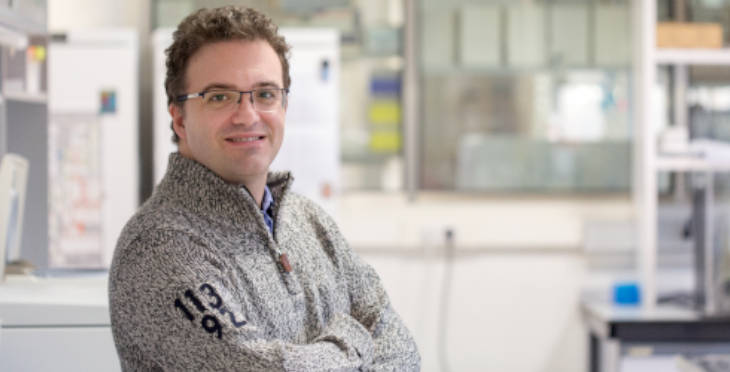Tyrosine Phosphorylation of the Myosin Regulatory Light Chain Controls Non-muscle Myosin II Assembly and Function in Migrating Cells.

Miguel Vicente Manzanares
Salamanca, Cancer Research Institute
Speaker: Miguel Vicente-Manzanares
Abstract: Active non-muscle myosin II (NMII) enables migratory cell polarization and controls dynamic cellular processes, such as focal adhesion formation and turnover and cell division. Filament assembly and force generation depend on NMII activation through the phosphorylation of Ser19 of the regulatory light chain (RLC). Here, we identify amino acid Tyr (Y) 155 of the RLC as a novel regulatory site that spatially controls NMII function. We show that Y155 is phosphorylated in vitro by the Tyr kinase domain of epidermal growth factor (EGF) receptor. In cells, phosphorylation of Y155, or its phospho-mimetic mutation (Glu), prevents the interaction of RLC with the myosin heavy chain (MHCII) to form functional NMII units. Conversely, Y155 mutation to a structurally similar but non-phosphorylatable amino acid (Phe) restores the more dynamic cellular functions of NMII, such as myosin filament formation and nascent adhesion assembly, but not those requiring stable actomyosin bundles, e.g., focal adhesion elongation or migratory front-back polarization. In live cells, phospho-Y155 RLC is prominently featured in protrusions, where it prevents NMII assembly. Our data indicate that Y155 phosphorylation constitutes a novel regulatory mechanism that contributes to the compartmentalization of NMII assembly and function in live cells.

